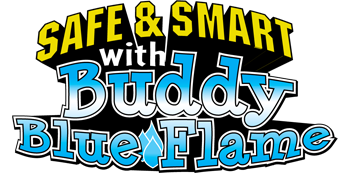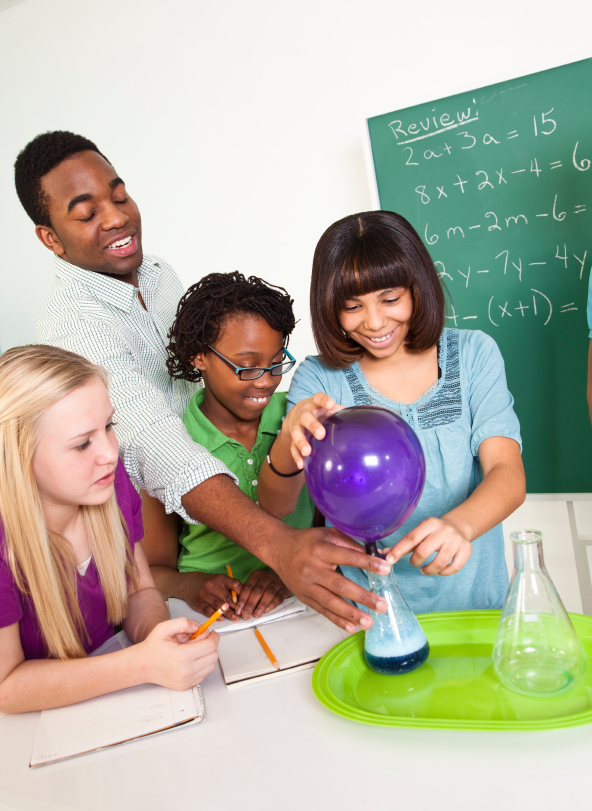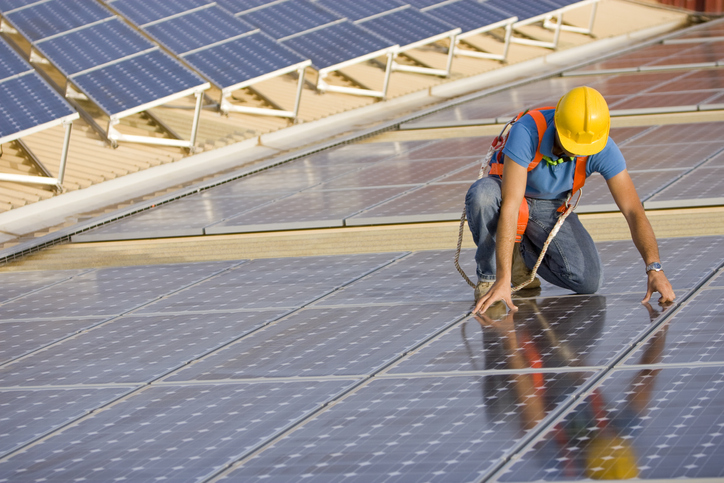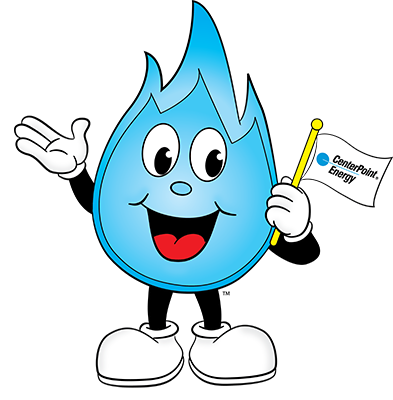Fun Facts about Natural Gas
Printable Fact Sheet
That's one cool fuel
Although natural gas is generally considered a heating fuel, it also has some cooler applications — like chilling the glycol used to produce ice for hockey and skating rinks.
That’s what the NFL means by “warm-up”
The Denver Broncos warm their playing field using water-filled tubes heated with natural gas.
The art of energy efficiency
Many museums use natural gas-fueled equipment not only to keep the lights on, but also to help maintain the proper humidity for conservation of art, fabrics and historic papers.
Fly me to the moon and back...and back...and back...
Did you know that if all the natural gas pipelines in the United States were placed end to end they would stretch to and from the moon almost four times?
Keeping our nation warm
Some of our nation’s most critical buildings, like the Pentagon, the White House and the Capitol building, rely on natural gas as a heating source.
Here’s one for the birds
The Philadelphia Zoo uses natural gas to warm a greenhouse that simulates Guam’s tropical forest environment and creates a breeding facility for one of the most endangered species in the world — the Micronesian kingfisher.
Two-thirds of Chicago’s Brookfield Zoo’s electricity is generated by natural gas and ensures the welfare of its many inhabitants.
There’s more to natural gas than just its chemical composition
Natural gas is one of the cleanest energy sources. It is colorless and odorless. Utility companies add mercaptan (the smell of rotten eggs) to help make gas leaks easier to notice. When natural gas is cooled to minus 260 degrees Fahrenheit, it changes from a gas into a liquid.
A shallow effort with lots of Hart
William Hart dug the first natural gas well in America along a creek outside Fredonia, NY, in 1821. It was only about 27 feet deep — in sharp contrast to today’s wells, which can run more than 30,000 feet deep — but still earned him recognition as the “father of natural gas” in America.
The paintings weren’t so hot, but the lighting was spectacular
The first natural gas utility was founded in Baltimore in 1816 by Rembrandt Peale, a painter. Peale became captivated by the energy source when he used it to light an exhibit at his museum and gallery. By most accounts, the public was more enthused about Peale’s gaslight than it was about his artwork.
A majestic mirage
Every 15 seconds, from dusk to midnight, a volcano erupts in front of the MGM Mirage Hotel in Las Vegas, sending flames 100 feet into the air. It’s fueled by piña colada-scented natural gas.
Safe, sound and underground
Safety is the highest priority in the natural gas industry. Billions are spent each year to ensure that natural gas is delivered safely and reliably.







